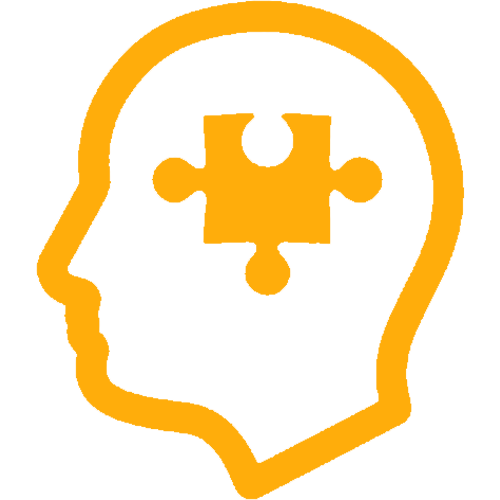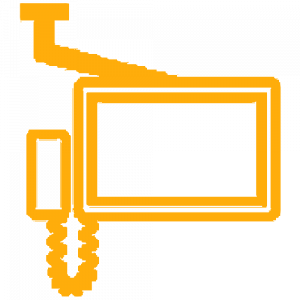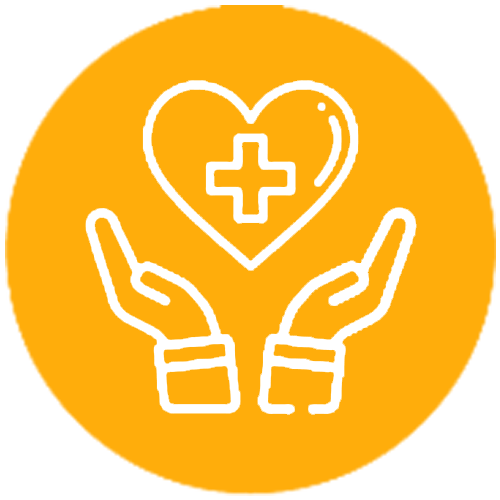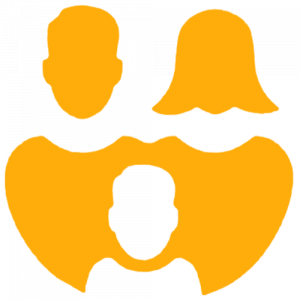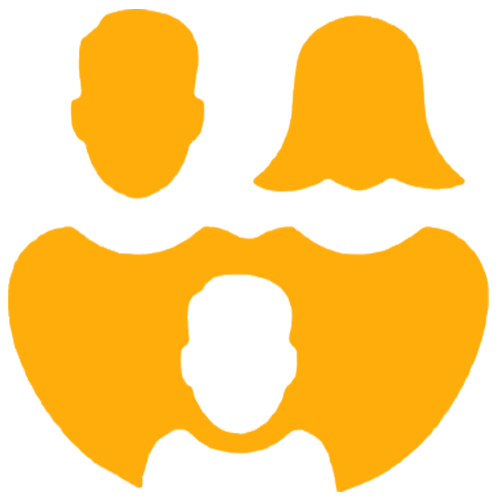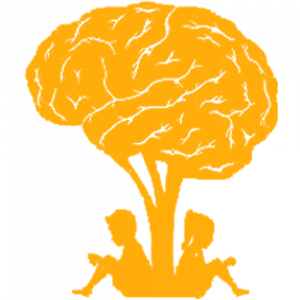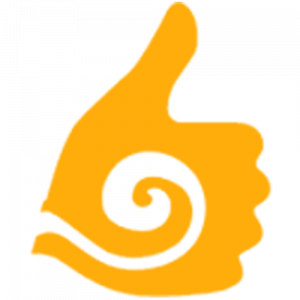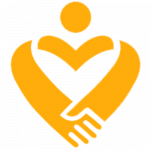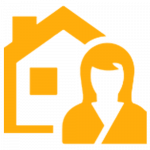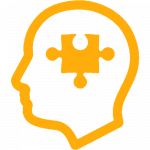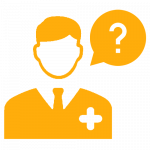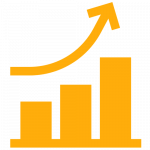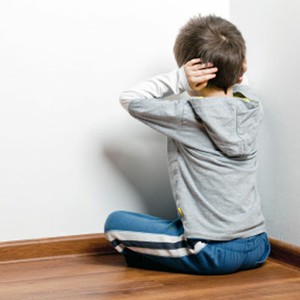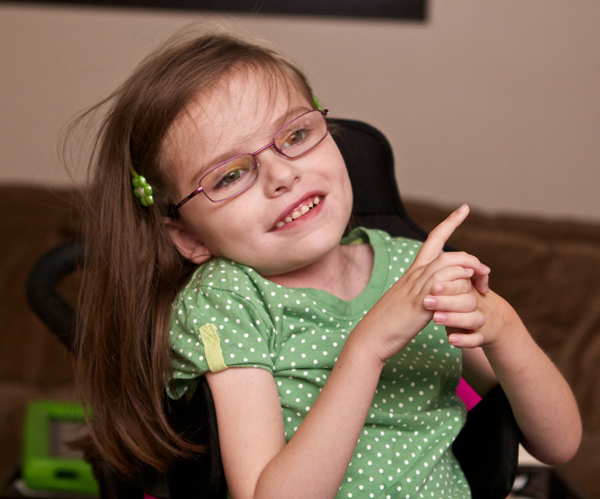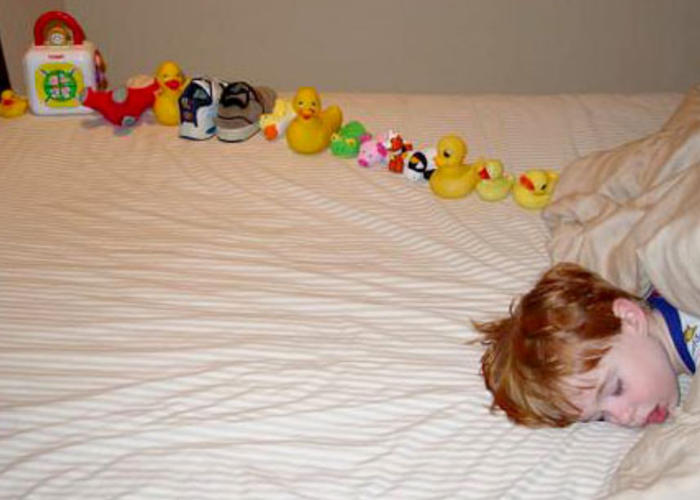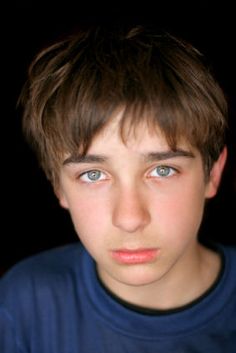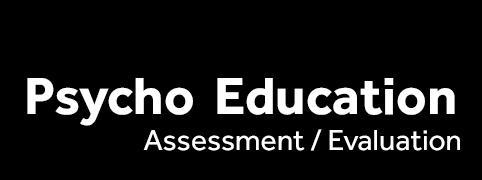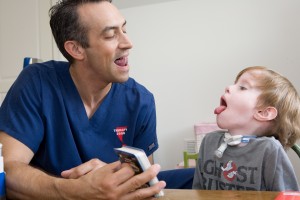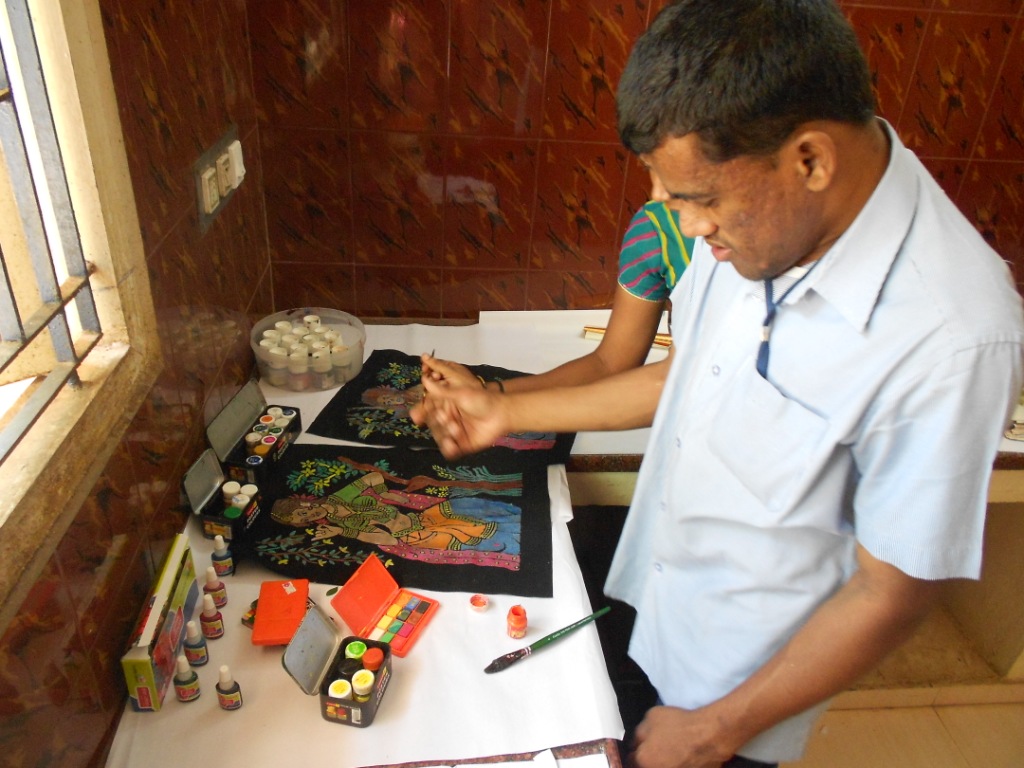Autism Spectrum Disorder
Autism is a lifelong developmental condition characterized by difficulties in social interaction, communication, restricted and repetitive interests and behaviours, and sensory sensitivities. It impacts normal brain development leaving most individuals with communication problems.
The Prevalence of autism spectrum disorders among children. (1-10 years of age) the prevalence rate of 0.9/1000. The highest prevalence rate was observed in rural area. Socioeconomic status (SES) may be one of the fundamental indicators for ASDs in India. Prevalence of Autism: Between 1 in 500 (2/1,000) to 1 in 166 children (6/1,000) have an Autism Spectrum Disorder.
Genetics
Several genes appear to be involved in autism. Some may make a child more susceptible to the condition. Others affect brain development or the way that brain cells communicate.
Environmental factors
Researchers are currently exploring whether such factors as viral infections, complications during pregnancy and air pollutants play a role in triggering autism.
Common Autism Symptoms
Social interactions and relationships.
-Significant problems developing nonverbal communication skills, such as eye-to-eye gazing, facial expressions, and body posture.
-Failure to establish friendships with children the same age.
-Lack of interest in sharing enjoyment, interests, or achievements with other people.
-Lack of empathy.
Verbal and Nonverbal Communication
-Delay in, or lack of learning to talk. As many as 40% of people with autism never speak.
-Problems are taking steps to start a conversation—stereotyped and repetitive use of language.
-Difficulty understanding their listener’s perspective.
Limited interests in activities or play:
-An unusual focus on pieces. Younger children with autism often focus on parts of toys, such as the wheels on a car, rather than playing with the entire toy.
-Preoccupation with certain topics.
-A need for sameness and routines.
-Stereotyped behaviours.
Types of Autism Spectrum Disorder (ASD)
Atypical Autism
Atypical autism commonly varies from autism in terms of age of onset or failure to fulfil all three sets of autism diagnostic criteria. (Social skills, language development and imaginative expression) Atypical autism is possible to become noticeable only after three years of age, and it is one type of autism spectrum disorder. Early intervention is to make significant improvements in both mild and severe symptoms
Symptoms of Atypical Autism
-Symptoms existing during the late preschool years
-Social skills difficulties – To maintain eye contact etc.
-Not showing interest in making friends
-loss of a before gained language skill
-Communication difficulties
-Problems in speech
-Not showing interest in playing activities.
-Problems understanding nonverbal signs
-Does not understand others emotions
-Difficulties are properly processing sensory information or colours.
Rett’s syndrome is one of rare and unique postnatal neurological or brain disorders. It mainly affects girls child but also hardly seen in a male child. It’s usually discovered in the first two years of life. It leads to severe impairments in every aspect of a child’s life: inability to speak, walk, eat, breathing difficulties and seizures. Cognitive assessment is these children are complicated. Early identification may help the girl child family members who have affected Rett’s syndrome.
Common Symptoms of Rett’s Syndrome
-A decline in head growth development
-Loss of muscle tone
-Problem in social and language skills
-Unusual and jerky movement in the body
-Loses any purposeful use of her hands
-They stop talking may develop extreme social anxiety and avoiding social situations
Childhood Disintegrative Disorder(CDD)
Childhood disintegrative disorder is a part of the developmental disorder category of autism spectrum disorder. It is an illness in which children develop normally through the age of 3 or 4. Then, over a few months or before the age of 10, they lose their language, motor, social, and other skills that they previously learned. Another name of Childhood disintegrative disorder is Heller’s syndrome, infantilism, and disintegrative psychosis.
Symptoms of Childhood Disintegrative Disorder
-Poor bowel and bladder control
-Lose their speech (Interaction and communication), language, motor, social, self-care and playing skills
-Cognitive problems (Thought, Memory and Intellect)
Overactive Disorder Associated with Mental Retardation and Stereotyped Movements
An overactive disorder associated with mental retardation and stereotypies movements is a pervasive developmental disorder (PDD). The evidence that children with moderate to severe intellectual disability (IQ below 35) who show major problems in inappropriate severe overactivity and inattention frequently show stereotyped motor behaviours; all three must be present for diagnosis.
Asperger Syndrome
Asperger syndrome is an autism spectrum disorder. Children with Asperger syndrome are delays in developing many basic skills, most markedly the ability to socialize with others, communicate, and use imagination. The symptoms differ from mild to severe. Common symptoms include
-Problems with social skills
-Coordination problems
-Communication difficulties with peoples
-Limited range of interests in a few areas
-Eccentric or repetitive movements and behaviours
Comorbidity and Autism Spectrum Disorder
Attention deficit hyperactivity disorder (ADHD)
Anxiety
Bipolar disorder
Depression
Intellectual disability
Immune disorders
Obsessive-compulsive disorder
Seizures and epilepsy
Sleep problems
Diagnostic criteria
Before the age of 3 years, above mention symptoms.
Treatment and Psychosocial Interventions
The treatment of Autism Spectrum disorder differs from person to person. Every child is unique in their symptoms. So school-based and home-based intervention is different, not suit one method for all. The goal of treatment is to maximize or improve the child functioning level and to reduce symptoms with the help of a Multidisciplinary team (Neuro Psychiatrist, Psychiatric social workers, psychologists, Occupational therapists and Special Educators).
Behaviour Therapy
Behaviour therapy attempts to reinforce required behaviours and reduce unwanted behaviours. The behaviour therapist addresses the social, language and behavioural difficulties associated with ASD. Some programs focus on reducing problem behaviours and teaching new skills, like behaving with others in social situations and communicating better with others. So they may function well.
Occupational Therapy
The occupational therapist studies human growth & development and identifies the child ability (communication, interaction, Attention Span, stamina, playing skills, motor skills) of persons with autism. Once gathered information, the therapist develops the intervention of autism child. They are mainly focusing on
-Improving Activities in Daily Living – Toilet training, Bathing, brushing, dressing and other grooming skills.
-Fine Motor Skills- Holding and Handling objects in Handwriting
-Gross Motor Skills – Sitting, posturers, walking and perceptual skills such as telling the difference between colours, objects, shapes and sizes.
-Improving playing and communication skills
Social Skill Training
The Psychiatric social worker, psychologist, occupational therapist and special educators and caregivers all are involving to improve the social skills of a child with autism. The techniques are
-Video related Social Skill training – Identifying others emotions and facial expressions. How to behave with others in social situations.
-Improving Peer relationship with playing skills
-Improving interaction and Communication skills
-Making socializing fun through high-interest activities such as art therapy, movement therapy, etc.…
Speech and Language Therapy
Children with autism can have the main problems with both speech and nonverbal communication. They feel very hard to talk with others. For these reasons, speech therapy is an important part of treatment for autism. Speech therapy can address a wide range of communication difficulties for persons with autism
Goals of Speech Therapy
-Able to speak words well
-Communicate both verbally and nonverbally
-Understanding others emotions and intentions
-Make them know the correct time and place to talk about something; for example, when to say “good morning.”
-Develop conversational skills
-Exchange thoughts
-Enjoy communicating, playing, and interacting with people (Peer group, family members, and teachers)
Family Therapy
The family members or caregivers of Autism children facing more stress and a chance to isolate themselves from society. They are a chance to develop depression and anxiety problems. In family therapy, the psychiatric social workers, psychologists, and other professionals address their issues, give supportive therapy and psychoeducational training, and enhance emotional well-being. They are making parents and other family members act as co-therapist in the home. The parents are giving behaviour modification, social skill training in their home. In every family, therapy professionals discuss every child improvements, present issues in the family and plans.
Special Education
The special educators give regular training to children with Autism Spectrum disorder. They are specially trained to treat these children in special schools. Once gathered information, they focused on all aspects of child functioning level such as behaviour modification, social skills training, play therapy, movement or dance therapy, improving their communication and interaction skills, etc.


